-
- USA/Canada 1-800-285-2726
- Australia (02) 8006 4411
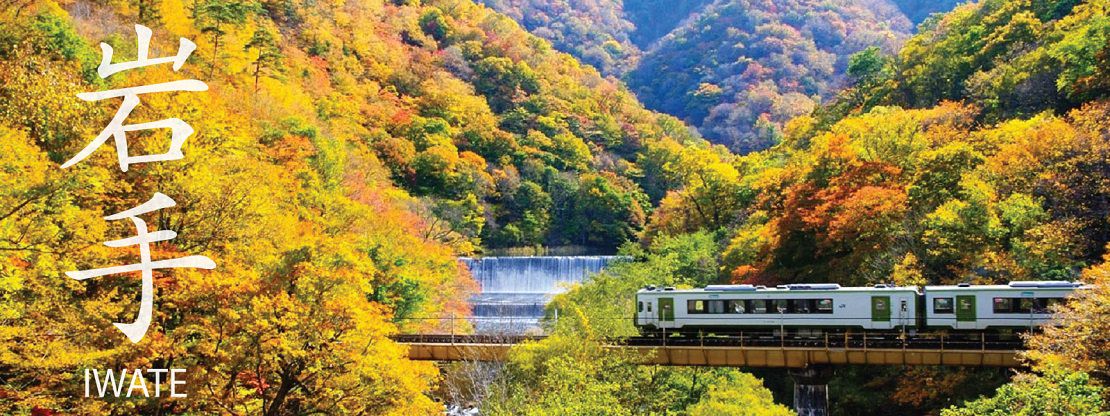
Region: Tohoku
Capital: Morioka
Population (approx.): 1.318 million (2012)
Area: 5,899 sq miles
Area Rank: 2
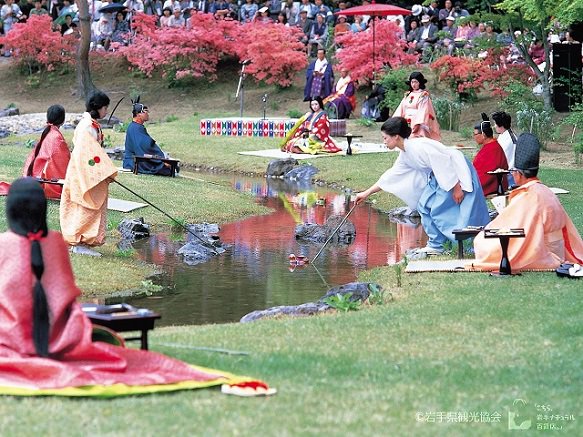
Iwate prefecture is located in the Tohoku region and is the second largest prefecture of Japan after Hokkaido. Hiraizumi in the southwestern part of Iwate has over 3,000 national treasures and historical sites. The city was chosen to be of significance when the most powerful clan of the Heian Period, Fujiwara, chose the city of Hiraizumi to be the seat of the “Northern branch” of the clan. The city was completely destroyed in 1189 by Minamoto Yoritomo, Japan’s first shogun, when he was searching for Yoshitsune, his brother and rival. The Fujiwara clan, having beengiving refuge to Yoshitsune, was taken down with the city of Hiraizumi. Chusonji Temple of Hiraizumi, though partially destroyed during this fight, is still one of the most famous tourist destinations in Hiraizumi to learn about history and culture of Iwate prefecture.
The recent Japanese earthquake on March 11, 2011 affected Iwate tremendously. The earthquake centered offshore but the tsunami caused by the earthquake added to the destruction. Many lives were lost and buildings were destroyed. Since then Iwate is slowly recovering with the help of aid and donations sent from all over the world.
3,000 national treasures and historical sites in Iwate, Tohoku
The oldest temple in Iwate, built in 728 by a monk Gyoki
One of the cities in Iwate, famous for its more than 10,000 cherry blossoms
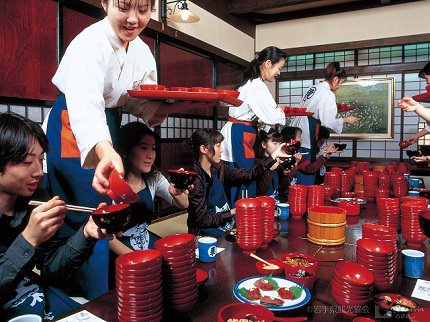
Iwate has several local produces and cuisines it is famous for. First, it is a producer of Maesawa Beef, considered the best beef in East Japan. Maesawa Beef keeps its quality high by only distributing to designated restaurants. The cows are raised with care on highland pastures. The meat is best enjoyed grilled, often in teppanyaki style, and melts in your mouth.
Iwate is also famous for its various noodle dishes including the Morioka Reimen, Morioka Jajamen, and Wanko Soba. Reimen originated from Korea and the Morioka Reimen is unique for its rubbery noodles. The noodles are served in a cold beef bone-based soup with cucumber, kimchi, boiled egg, beef, and a piece of fruit, most commonly a slice of watermelon, pear, or apple. Morioka Jajamen originates from Chinese noodles "jia jiang mein". The dish was modified to accommodate the Japanese taste and consists of udon-like noodles with miso sauce mixed with meat and cucumbers.
Wanko Soba is a particularly famous Iwate dish for its unique experience. Soba is served in small bowls with bite sized portions of noodles. During your meal, waiters and waitresses walk around with refill noodles which they will keep refilling your bowl with until you swiftly put the lid on your bowl. It is said that about 15 of these small bowls constitute an average bowl of noodles but many males eat about 60 small bowls of wanko soba. Eating wanko soba may feel like a noodle eating contest and is an interesting experience if you are ever in Iwate.
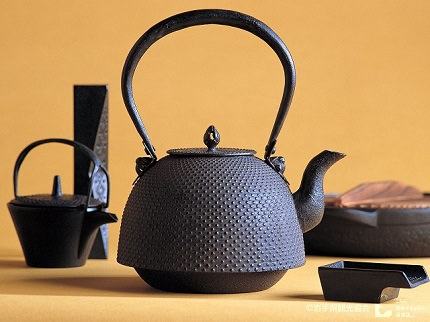
A type of traditional craft ware from Iwate is the Nambu Ironware. The Nambu "tekki" iron kettle is especially famous and became a Traditional Craftwork of Japan in 1975, many centuries after it originated in the 17th century. Creating the Nambu iron kettle is a complicated process and takes many years to master. There is said to be 68 steps in creating the kettle and takes 15 years to become a decent ironware maker and 40 years to become a master craftsman. The ironware is created by burning it over charcoal to oxidize and coat the surface of the pot. It is said the water boiled in these iron kettles are rich in iron, attracting women with lower levels of iron in their bodies who hope to increase their iron by drinking tea boiled in these kettles. Water boiled in the Nambu tekki is also said to have a milder taste due to its ability to remove chlorine from the water. Nambu tekki remains very popular and while retaining its traditional style, it has been modified to appeal to modern taste and practicality such as color and IH (induction heating) adaptability.
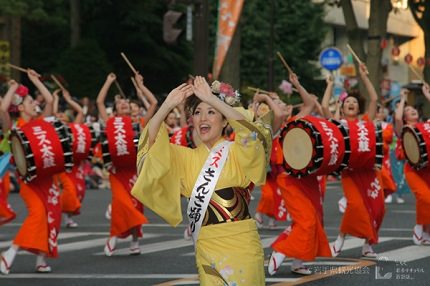
The Morioka Sansa Odori Festival is a large parade held in August with over 10,000 drummers and dancers. Rows of dancers parade around chanting "Sakkora Choiwa Yasse" to bring in good luck. The festival is said to have started when a demon was causing trouble in town and its townspeople prayed to a god for help. The god was able to get through to the demon who promised he would not cause anymore trouble and pledged his promise. The townspeople were relieved and excited and started dancing, which led to the Morioka Sansa Odori. The tunes from the taiko drums and dances by performers in colorful costumes will surely get you excited. Although guests cannot participate in the dances due to the complexity of the dances which take months of practice, the festival ends with a circle dance that anyone can participate in. The Morioka Sansa Odori Festival was recorded by the Guinness World Records as the largest drum festival in the world in 2014.